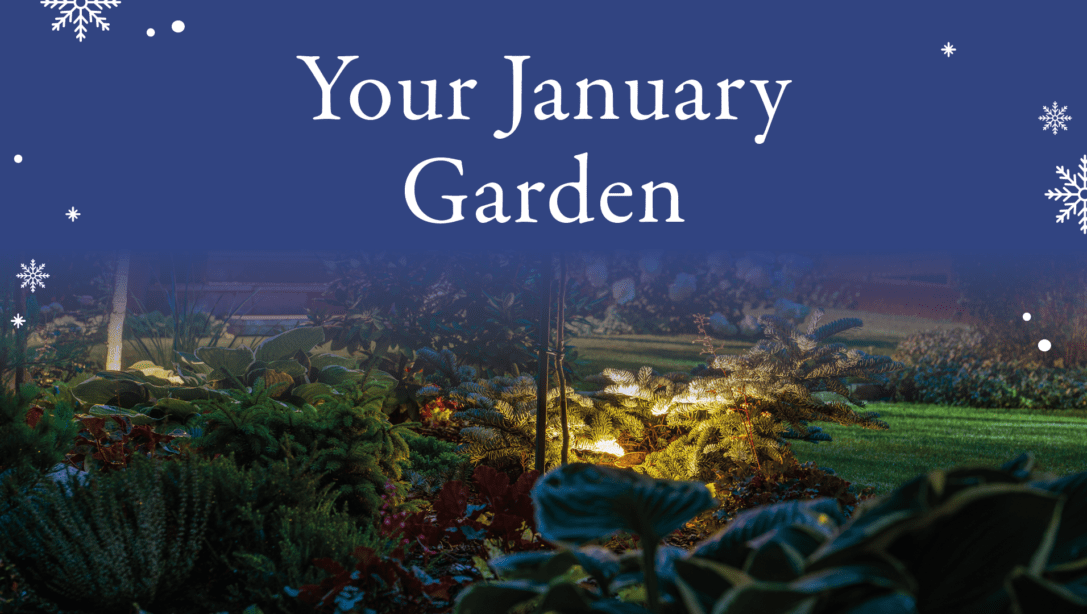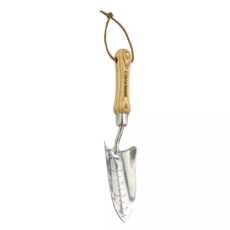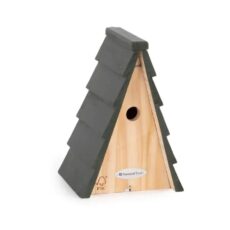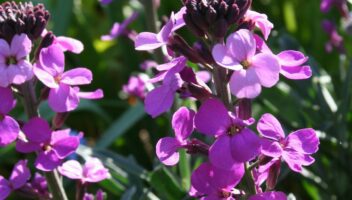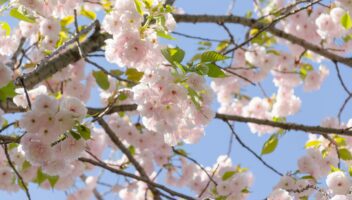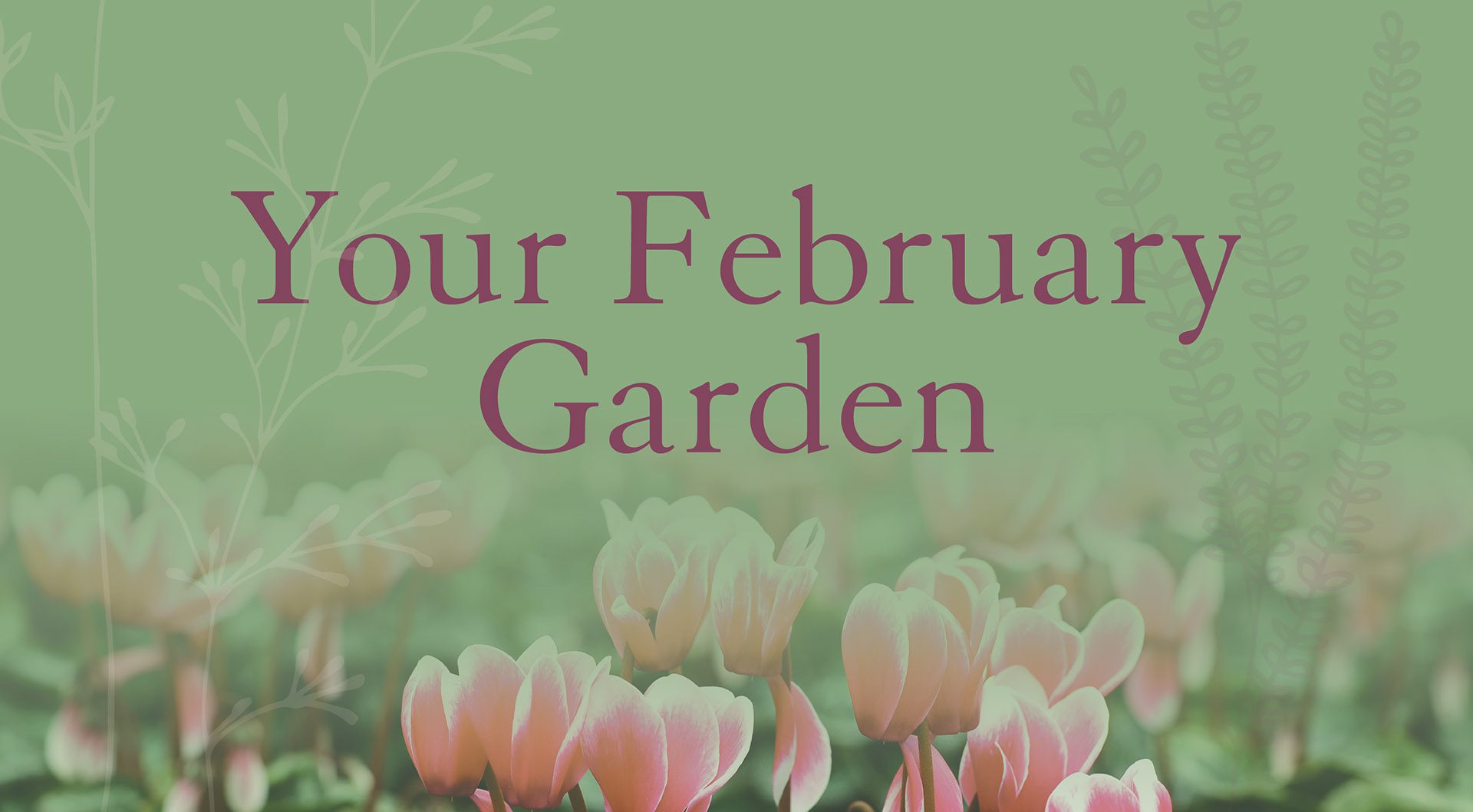Table of Contents
As the new year begins, your January garden presents a wonderful chance to reconnect with nature. Despite the chill in the air and shorter days, winter holds its own charm, revealing the quiet beauty of structural plants and frost-kissed landscapes. This is a time to admire seasonal flowers, sow seeds for the year ahead, and tackle essential maintenance to keep your garden thriving. Whether you’re enjoying the serenity of winter blooms or planning for a vibrant spring, January offers a perfect mix of reflection and preparation.
Explore how to make the most of your January garden with advice on what to enjoy, plant, and grow, along with tips to protect your outdoor space from the challenges of the season.
What to Enjoy in Your Garden This January
What Flowers are in Bloom?
January might seem quiet in the garden, but it’s a time when certain plants truly shine, adding life and charm to your outdoor space. Winter’s chill highlights the beauty of resilient blooms and shrubs that thrive despite the cold.
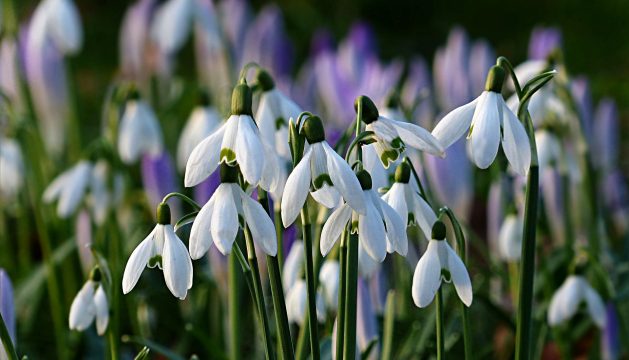
Snowdrops are one of the season’s treasures, their pure white flowers a symbol of hope against frosty landscapes. Cyclamen varieties, such as Cyclamen ‘Coum’ (eastern cyclamen) and Cyclamen ‘hederifolium’ (ivy-leaved cyclamen), brighten borders and containers with splashes of vibrant colour. Winter-flowering Hellebores provide an elegant touch. Varieties like:
- Helleborus niger HGC ‘Wintergold’ – Soft yellow blooms.
- Helleborus x ericsmithii HGC ‘Shooting Star’ – Creamy pink tones.
- Helleborus HGC Ice ‘n’ Roses Picotee’ – Deep pink-edged petals.
Winter-flowering shrubs add another layer of interest, combining fragrance, colour, and structure. Look out for:
- Sarcococca confusa (sweet box) – A shade-loving shrub with sweetly scented flowers.
- Hamamelis x intermedia (hybrid witch hazel) – Spidery blooms in vibrant shades.
- Skimmia japonica (Japanese skimmia) – Colourful buds that hint at spring.
- Viburnum tinus (laurustinus) – Evergreen foliage with winter blooms.
- Euphorbia varieties – Dramatic structural foliage for year-round interest.
By combining these beautiful plants, your January garden can become a winter sanctuary, full of colour and vitality. Whether you’re appreciating the delicate blooms of snowdrops or the fragrant allure of Sweet Box, there’s much to enjoy even during the coldest months.
Fantastic Foliage and Structural Plants
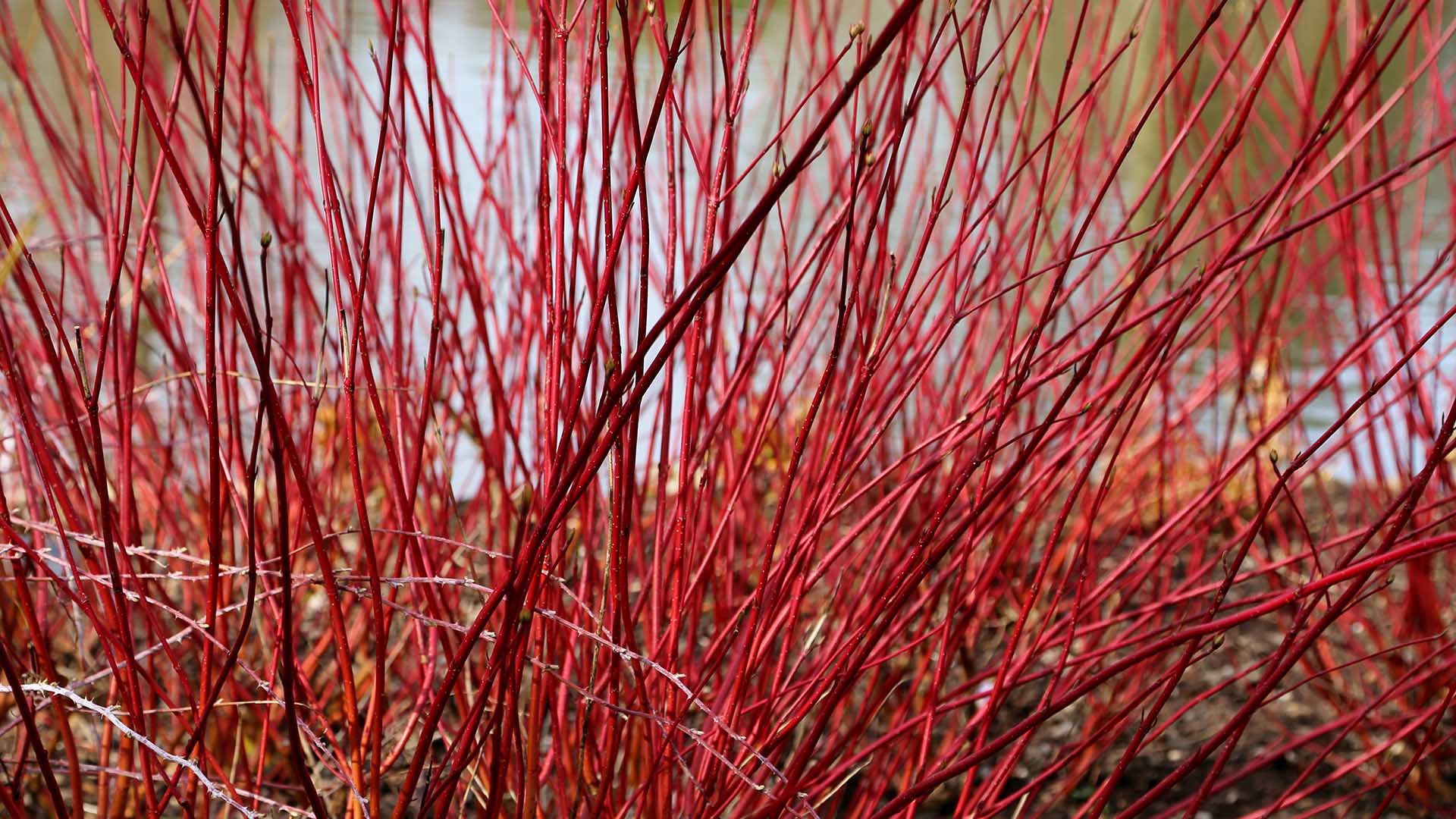
Enjoy the architectural beauty of evergreen shrubs like box and yew, which provide structure to your garden all year round. Ornamental grasses also play a vital role in adding texture and movement to the winter landscape. Key shrubs and trees such as Cornus varieties, including the fiery red and orange stems of Cornus alba ‘Sibirica’ (Siberian dogwood) and Cornus sanguinea ‘Midwinter Fire’, create a stunning winter display. The twisted, frosted branches of Corylus avellana ‘Contorta’ (corkscrew hazel) add a unique, sculptural touch. Delicate structure comes from Acer palmatum varieties (Japanese maples), while Rubus cockburnianus (white-stemmed bramble) offers striking snowy-white stems. For evergreen elegance, conifers such as Juniperus (junipers), Picea (spruces), and Abies (firs) provide year-round colour and texture.
Hillier Tip:
The bright white stems of white-stemmed bramble look stunning planted with cyclamen or a black grass, creating a striking contrast and visual interest in your garden.
Fruits and Berries
Admire the vibrant berries of Ilex (holly) and Pyracantha (firethorn), which add splashes of red, orange, or yellow to the winter garden. These berries not only brighten your outdoor space but also provide an essential food source for birds during colder months.
Look out for Japanese skimmia, with its clusters of rich red or pink buds that hint at the promise of spring flowers. The striking berries of Cotoneaster varieties are another highlight, draping gracefully over walls or trailing through shrubs. For a more unusual touch, Viburnum opulus (guelder rose) offers translucent red berries that gleam like jewels in the winter sunlight.
Hillier Tip:
Pair berry-laden plants with evergreen shrubs to create a balanced winter display and provide essential shelter for birds and other wildlife.
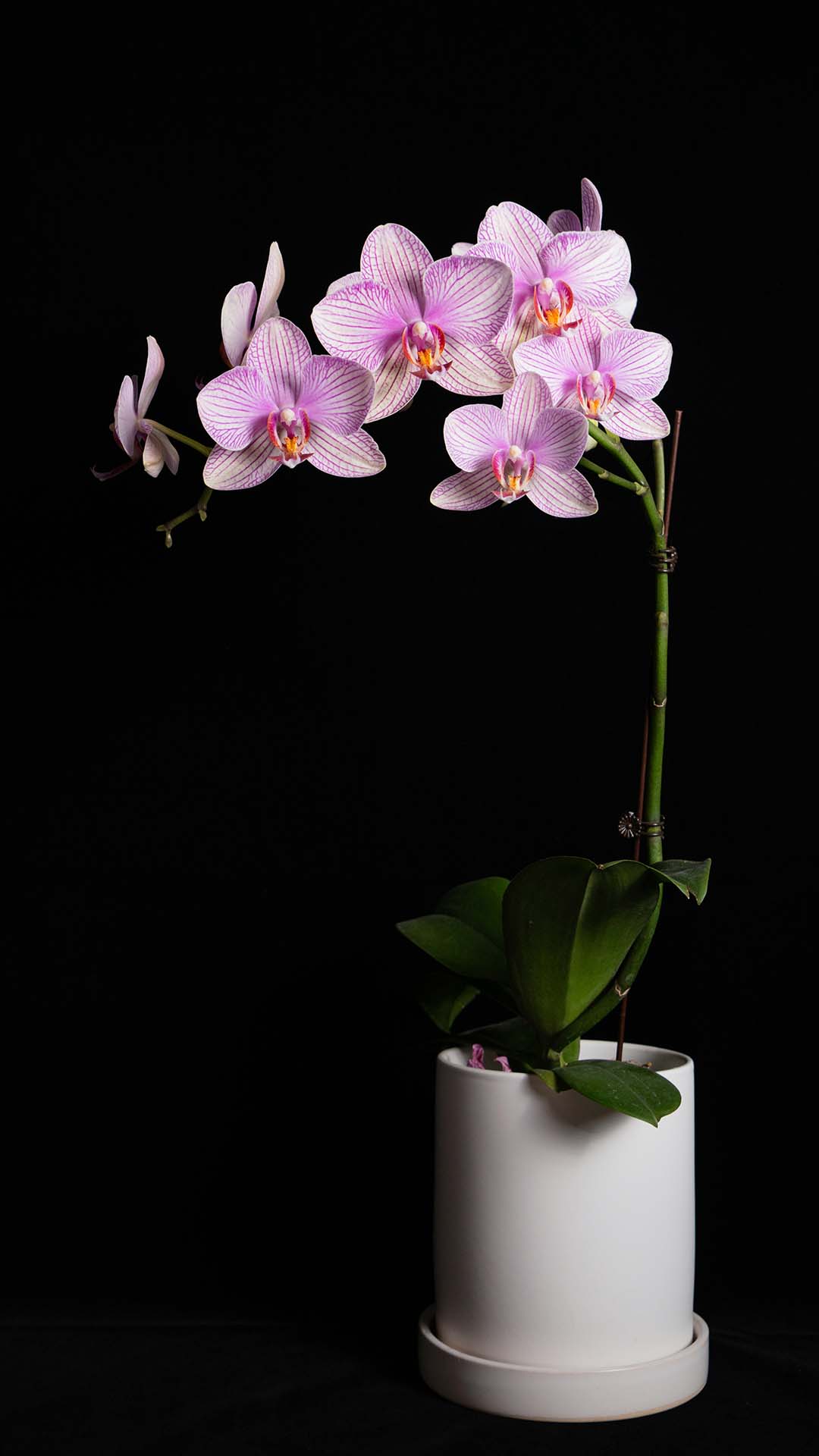
Indoor Plant Highlights
January is the perfect time to nurture your houseplants, bringing warmth and life to your indoor space as the weather outside remains cold. Phalaenopsis (moth orchids) steal the spotlight with their elegant, long-lasting blooms in a range of colours, from soft pastels to striking purples.
Lush green ferns, such as Nephrolepis exaltata (sword fern) and Asplenium nidus (bird’s nest fern), add texture and a touch of the tropics to your home. For a splash of colour, consider Anthurium andraeanum (flamingo flower) with its glossy red or pink spathes, or Saintpaulia (African violets), known for their compact size and vibrant flowers.
Visit one of our Hillier Garden Centres to find your perfect houseplant selection today!
Hillier Tip:
Group houseplants with similar care needs together to create a striking indoor display that’s easy to maintain. Pair tall, statement plants with smaller varieties for a layered effect.
What to Plant in January
Instant Garden Impact
For immediate colour, plant winter pansies or violas in containers and borders. These hardy plants will brighten even the gloomiest days. Additionally, consider planting eastern cyclamen and Eranthis hyemalis (winter aconite) to add vibrant splashes of pink and yellow to your garden.
Future Growth Planning
Prepare for spring by planting bare-root roses and shrubs. This is an ideal time to introduce Malus domestica (apple trees) and Pyrus communis (common pear trees) to your garden, ensuring they establish well before the growing season. Start thinking ahead by purchasing seeds for flowers like sweet peas and vegetables such as broad beans.
What to Grow This January
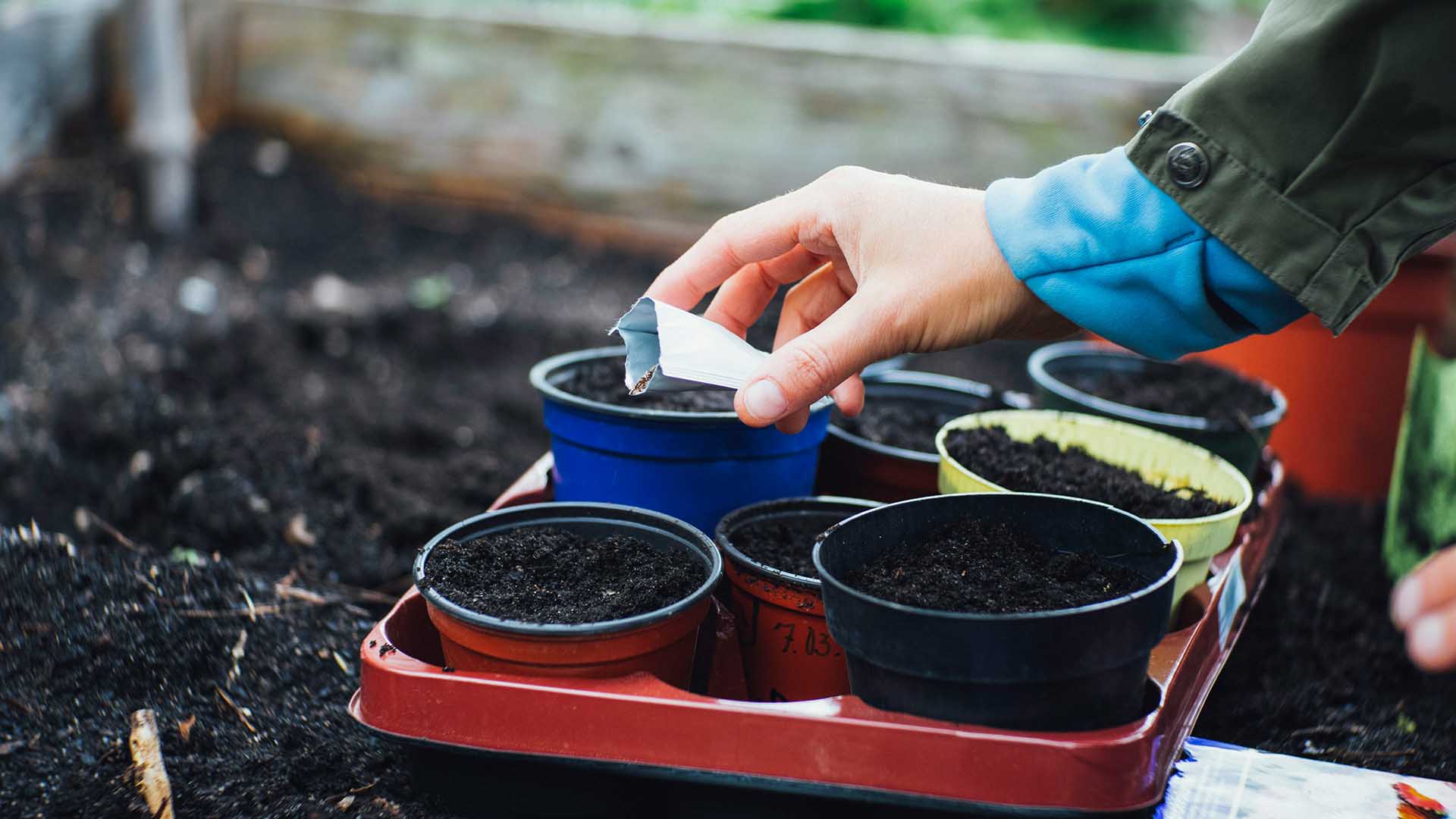
Seeds to Sow Indoors
January is perfect for sowing seeds indoors with the right propagation equipment. Start with early crops like tomatoes and chillies in a warm environment. Sweet peas can also be sown now, ready to be transferred outside when the weather improves. Additionally, consider sowing Pelargonium (Geraniums) and Begonia seeds indoors to prepare for a vibrant summer display.
Ready to Harvest
In your vegetable patch, you may still find parsnips and leeks ready for harvesting. These hardy vegetables offer a hearty addition to your winter meals. If you have kale or spinach in your garden, they can also be harvested during this time, providing fresh greens for your table.
Gardening Tasks for January
Pruning Checklist
January is the ideal time to prune apple and pear trees to encourage healthy growth and optimise fruit production later in the year. Focus on removing dead, diseased, or crossing branches. For wisteria, trim last summer’s growth back to two or three buds to ensure a spectacular floral display in spring. You can also tidy deciduous hedges like Carpinus betulus (common hornbeam) and Fagus sylvatica (common beech) to maintain their shape during dormancy.
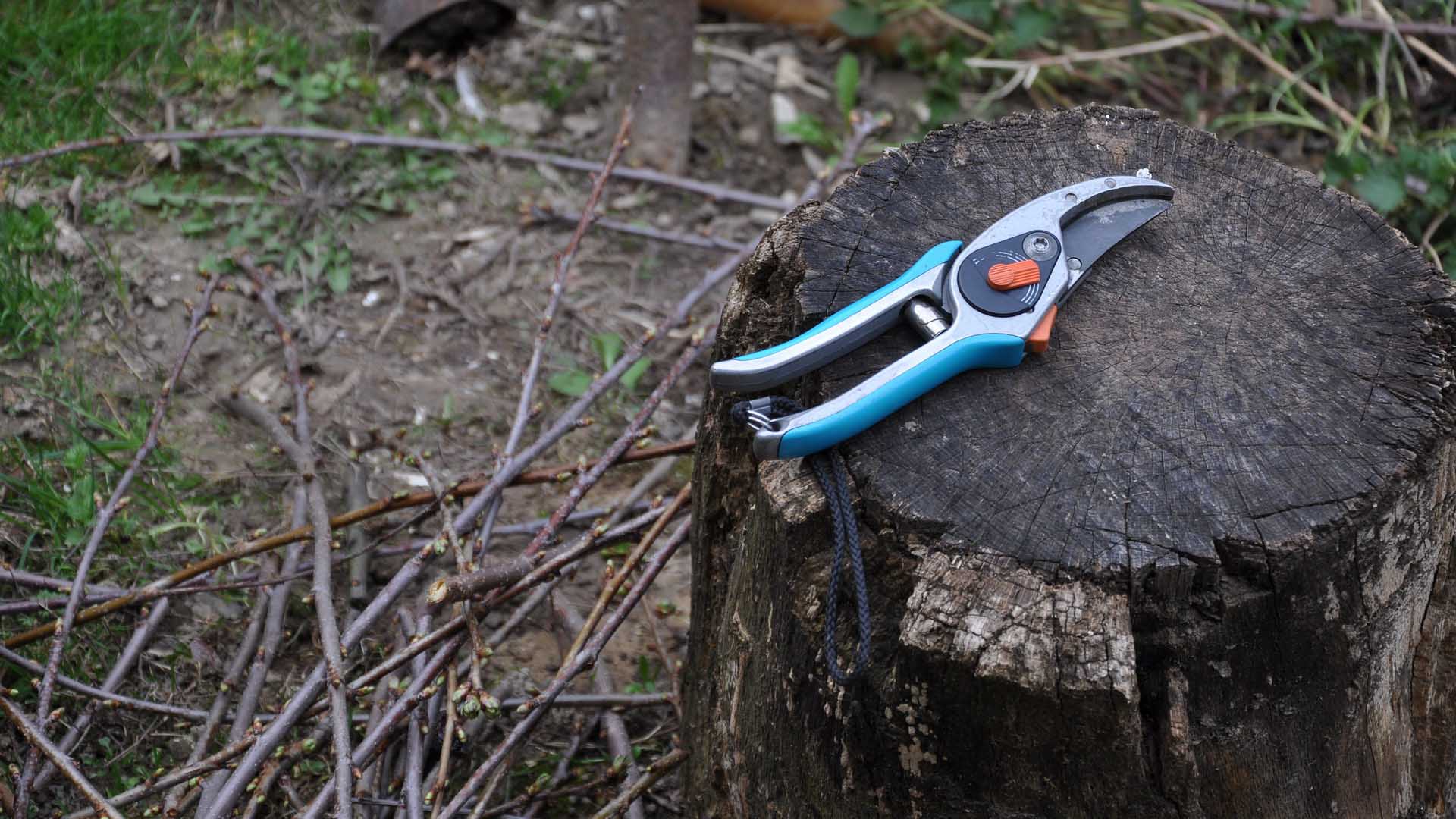
Transplanting Tips
The dormant season offers an excellent opportunity to move deciduous trees and shrubs to better positions in your garden. Ensure the new location suits the plant’s needs for sunlight, soil type, and shelter. Lift plants carefully, keeping as much of the root ball intact as possible, and water thoroughly after replanting.
Weather Protection Advice
Protect tender plants from frost with horticultural fleece or cloches, particularly those in containers. Raise pots off the ground using pot feet or bricks to improve drainage and prevent waterlogging, which can lead to root rot. Check regularly for frost damage and act swiftly to shield plants during extreme cold snaps.
Lawn and Garden Care
On dry days, take the opportunity to clear leaves, twigs, and debris from your lawn to prevent suffocation and promote healthy growth. Re-cut lawn edges for a neat appearance and sharper border definition. Avoid walking on frozen grass, as this can damage the turf.
January’s Seasonal Garden Jobs
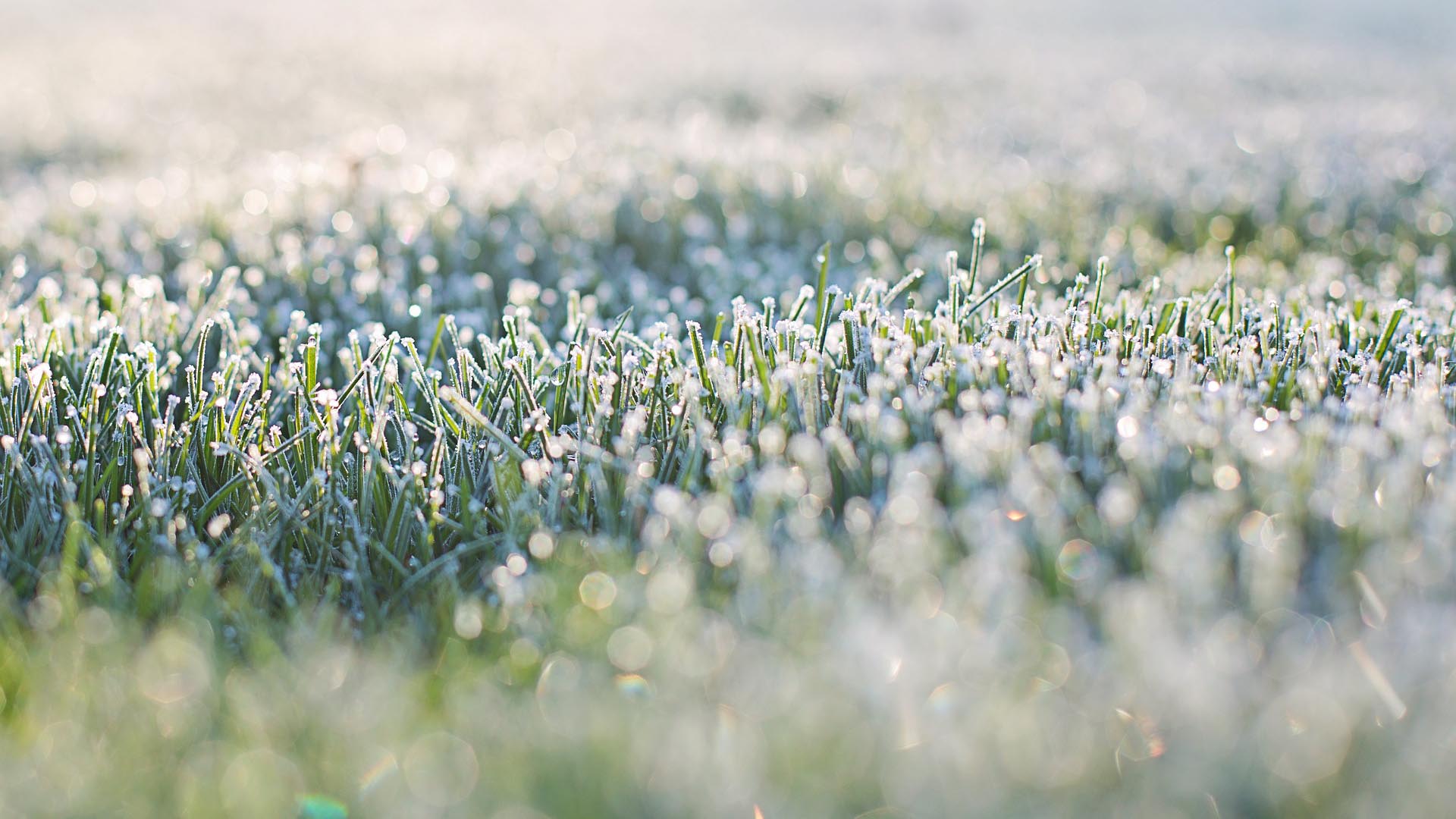
Organise your greenhouse by cleaning and disinfecting glass panes, staging, and tools to eliminate lingering pests and diseases. Wash pots and seed trays thoroughly, ensuring they’re ready for spring sowing. Mulch borders and flower beds with a generous layer of compost, bark, or well-rotted manure to insulate plant roots and improve soil health.
Hillier Tip:
Use the quieter days of January to maintain and sharpen your tools, preparing them for the busy gardening season ahead. A well-maintained toolset makes all the difference when tackling spring’s demands.
How to Attract Wildlife in January
In the UK, January’s cold and frosty weather makes your garden a vital refuge for wildlife. Plant native shrubs such as Crataegus monogyna (common hawthorn) and holly, which produce berries that sustain birds like blackbirds, thrushes, and robins through the winter. Dense shrubs like Cotoneaster and Pyracantha firethorn also provide food and shelter for birds escaping the cold.
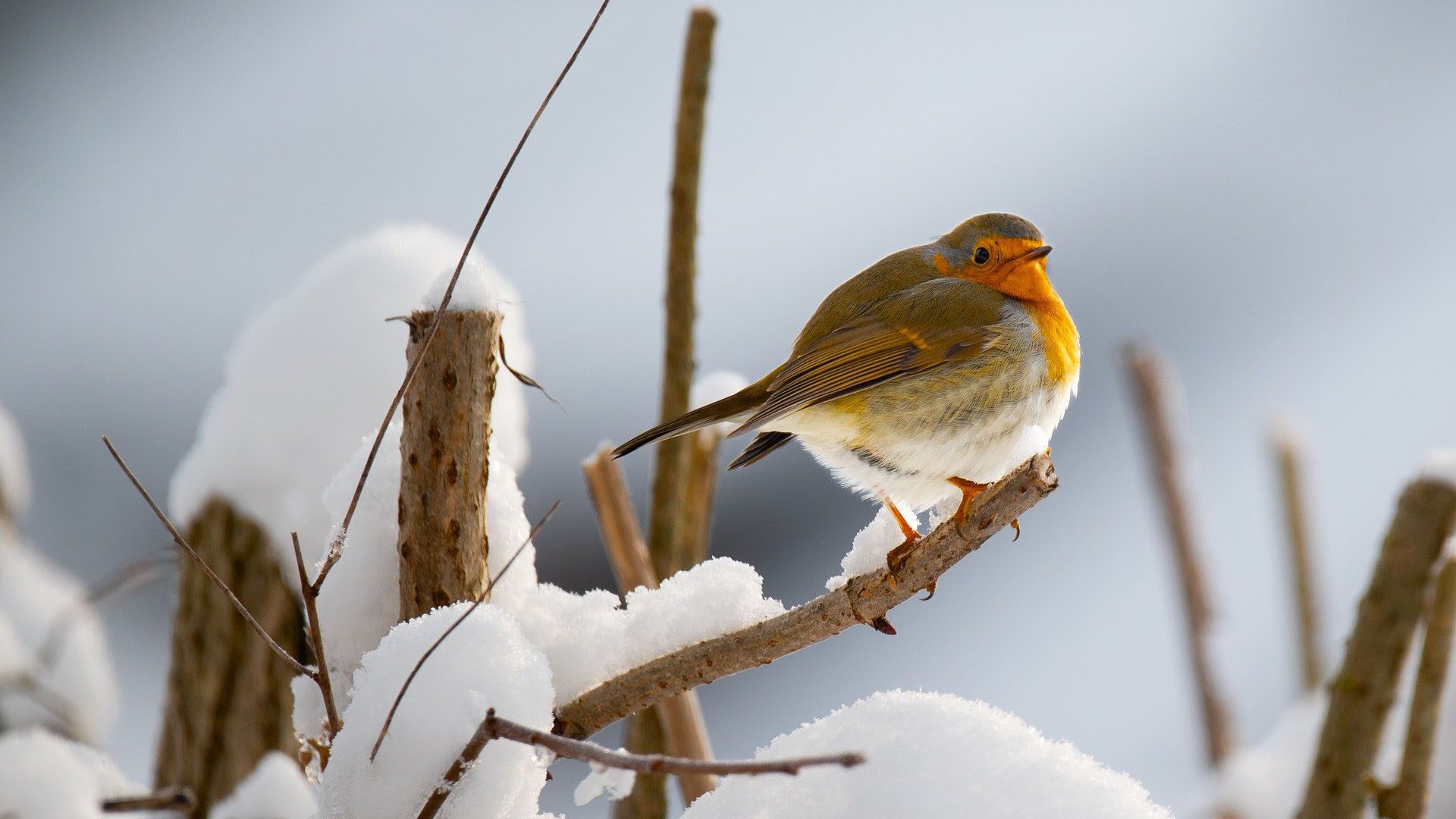
Leave seed heads on plants like Dipsacus fullonum (common teasel) and Eryngium (sea holly) to attract goldfinches, a common and colourful visitor to UK gardens. A log pile or leaf pile in a quiet corner can encourage hedgehogs, beetles, and other beneficial species, which are integral to a healthy garden ecosystem.
Feeding and Sheltering Tips
Ensure bird feeders are regularly filled with high-energy foods such as sunflower hearts, suet blocks, and mealworms, which are particularly beneficial for small birds like tits and finches. Avoid feeding bread, as it lacks the nutrients birds need to survive harsh weather. Position feeders away from prevailing winds, ideally near hedges or trees, to give birds a safe place to perch between feeding.
Fresh water is vital for birds in winter, as natural water sources often freeze. Place shallow water dishes in sunny spots and add a small floating object, like a cork, to delay freezing. For smaller UK gardens, consider investing in a heated birdbath to keep water accessible.
Install bird boxes for species such as blue tits, great tits, or robins. Insect hotels can attract overwintering pollinators, which will emerge in spring to support your garden’s flowering plants.
Hillier Tip:
Scatter a handful of mealworms or seeds at the base of hedges or shrubs to cater to ground-feeding birds like dunnocks, robins, and wrens, which are frequent visitors to UK gardens during winter.
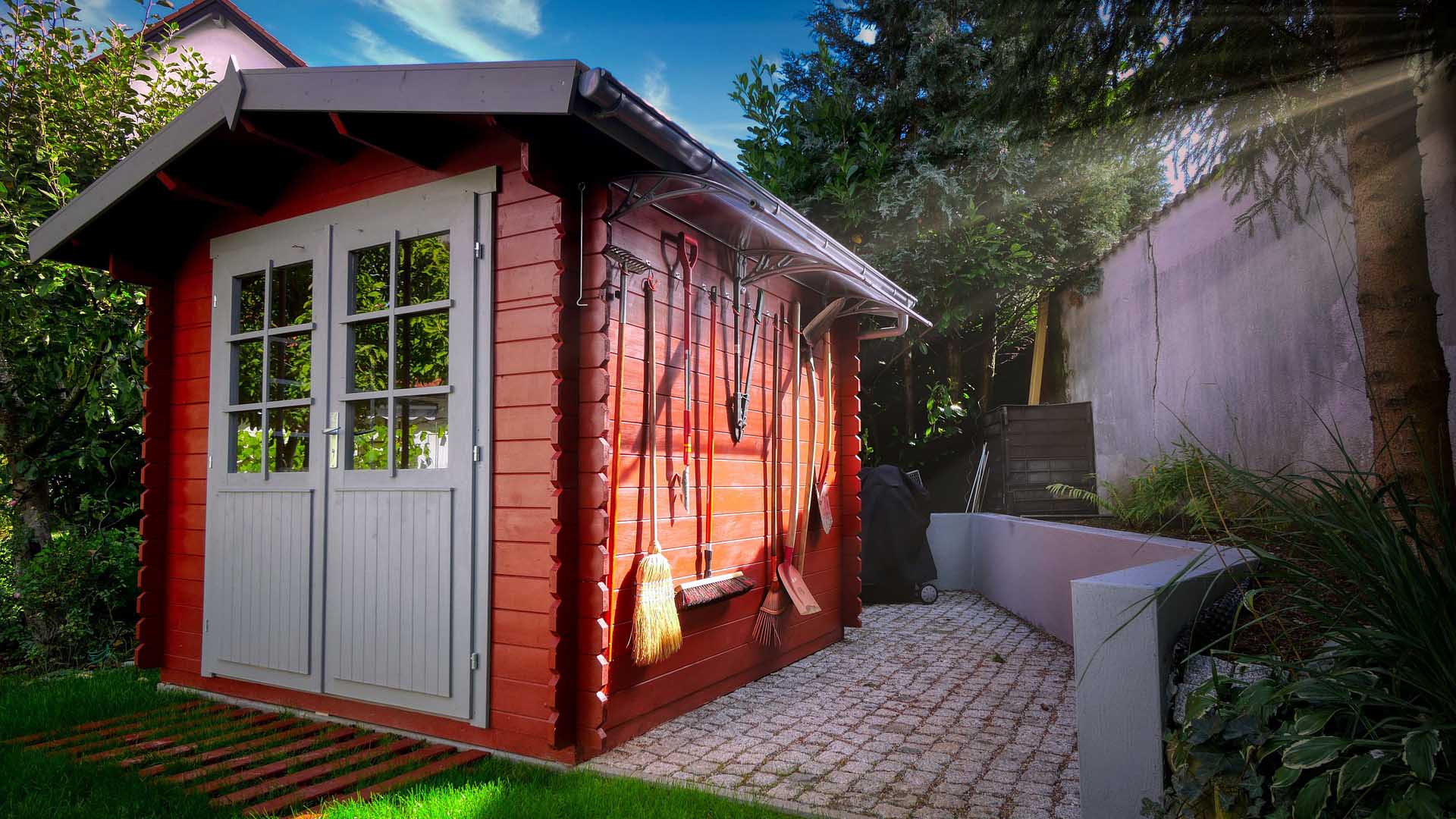
Monthly Gardening Tool Checklist
Download Your Free January Gardening ChecklistPruning Essentials
Winter is a key time for pruning, so ensure your tools are in top condition. Check that your secateurs and loppers are sharp and clean to make precise cuts that promote healthy regrowth. A folding pruning saw is invaluable for tackling thicker branches, especially when pruning apple and pear trees, which are common in UK gardens. Keep a disinfectant spray or rubbing alcohol on hand to clean tools between cuts and prevent the spread of disease.
Weather Protection Gear
The unpredictable UK winter weather can pose a challenge to your garden. Stock up on horticultural fleece, cloches, and straw to shield tender plants from frost and biting winds. Use fleece to cover delicate shrubs like Camellia japonica (Japanese camellia) and Daphne odora (winter daphne), or to wrap vulnerable pots. Cloches are ideal for protecting newly planted bulbs and seedlings. Straw is a versatile insulator for the roots of tender plants, such as dahlias or strawberries.
Other Handy Tools
- Wheelbarrow: Essential for transporting compost, mulch, or logs on dry days, a sturdy wheelbarrow saves time and effort.
- Gardening Gloves: Invest in a good-quality, insulated pair to keep your hands warm and protected from thorny plants or icy conditions.
- Soil Thermometer: A useful tool for determining when the ground is warm enough to sow early seeds, particularly in preparation for the UK’s variable spring conditions.
- Garden Fork or Hoe: Perfect for aerating compacted soil, which is often a result of heavy winter rains.
Hillier Tip:
Organise your toolshed or storage area this month. Store smaller items like secateurs in a labelled toolbox, and hang larger tools on hooks to keep everything easily accessible and rust-free. Treat wooden handles with linseed oil to extend their life and make them more comfortable to use.
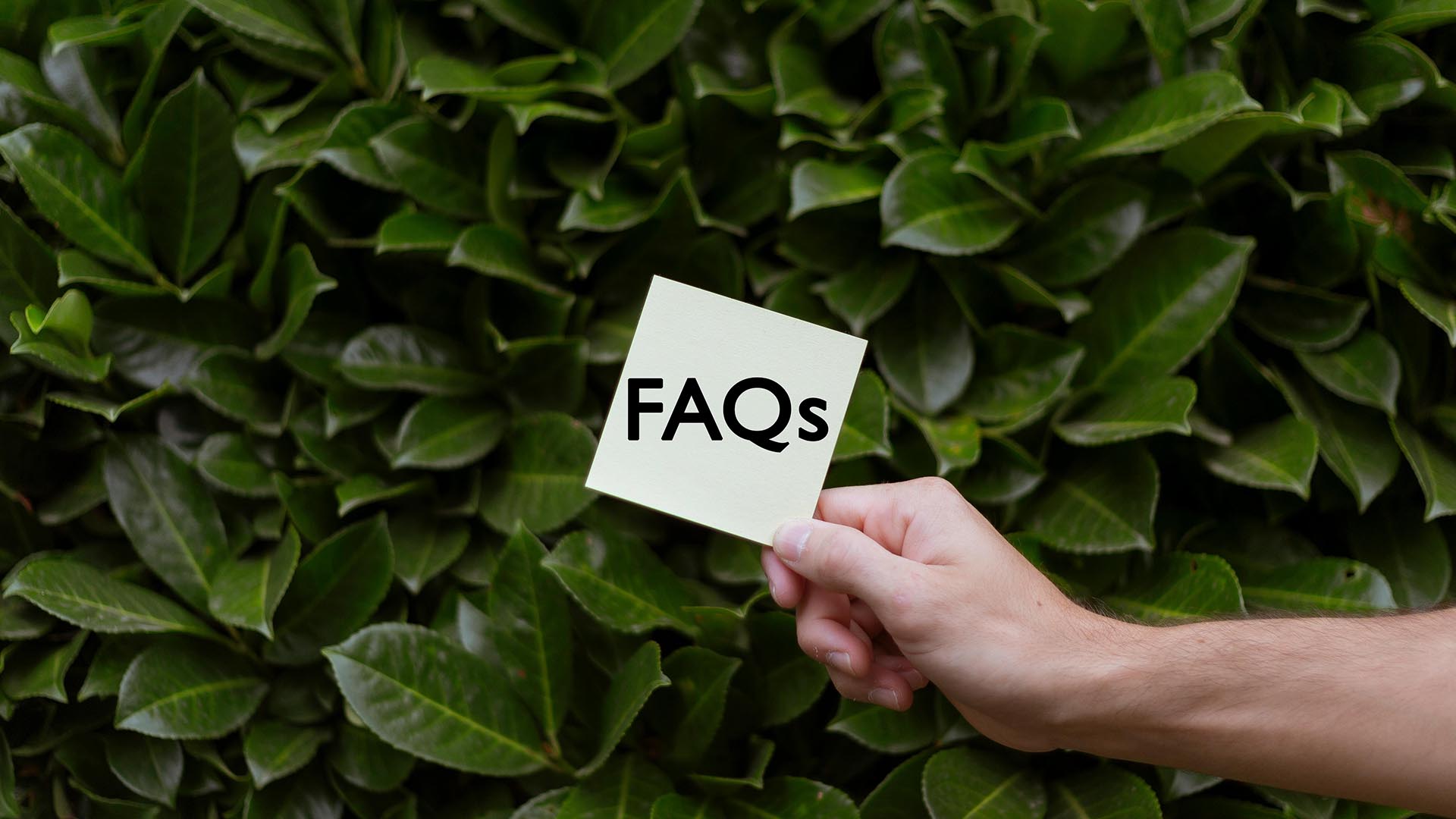
Frequently Asked Questions
Can I prune my evergreen shrubs in January?
Yes, evergreen shrubs can be lightly pruned in January, but avoid heavy pruning. This is a good time to tidy up any damaged or dead growth, which can be removed to maintain the plant’s shape. If you need to trim hedges, wait for a milder day when the temperature is above freezing, and avoid cutting during frosty spells to prevent damage to the plant tissue.
When should I start sowing seeds for the year ahead?
While it’s too early to sow most seeds outdoors in January, you can begin sowing hardy annuals, such as sweet peas, in trays or modules indoors or in a heated greenhouse. It’s also a great time to start off peppers, chillies, and tomatoes indoors, though these will need warmth and light to grow strong before being moved outside in spring.
Can I plant fruit trees in January?
Yes, bare-root fruit trees, such as apple, pear, and plum, can be planted in January while they are dormant. It’s best to plant them in a sunny spot with well-draining soil. Make sure to prepare the soil by digging a generous hole and adding compost to encourage healthy root growth. Water well after planting and mulch around the base to retain moisture and protect against the cold.
What should I do with my garden pots in January?
If you have potted plants, bring them into a sheltered area, such as a cold frame, greenhouse, or shed, to protect them from frost. For outdoor containers that cannot be moved, insulate them with bubble wrap or place them on pot feet to raise them off the cold ground. Ensure that the pots have proper drainage to prevent waterlogging during winter rains.
How can I help bees in winter?
While bees are generally dormant during the cold months, you can help them by planting early flowering plants like Crocus and Primrose, which provide nectar for emerging bees in early spring. You can also create a winter habitat for solitary bees by installing bee hotels in a sheltered spot in your garden. Make sure to leave some dead wood or hollow stems as natural shelter for bees to hibernate in.
Should I feed my garden birds every day in winter?
It’s advisable to feed birds daily during the winter months when natural food sources are scarce. Birds, especially smaller species like tits, finches, and robins, rely on high-energy foods such as sunflower seeds, suet cakes, and peanuts to survive the cold. Make sure to clean feeders regularly to prevent the spread of disease. If possible, offer a variety of foods to cater to different species.
How can I avoid waterlogging in my garden during winter?
Waterlogging can damage plants by depriving their roots of oxygen. Ensure that your soil is well-drained, and if necessary, improve drainage by adding organic matter or gravel to heavy clay soils. Raised beds can also be a good option for preventing waterlogging. If your garden has particularly boggy areas, consider planting moisture-tolerant plants such as Iris pseudacorus (yellow flag iris) or Lobelia species.
How do I maintain my greenhouse in January?
Now is a good time to clean and organise your greenhouse in preparation for the spring growing season. Sweep out any debris, remove old plant pots, and clean shelves. Check for pests or mould and ensure that ventilation is working properly. You may want to keep the temperature steady during frosty weather using a greenhouse heater or by covering plants with fleece at night.


